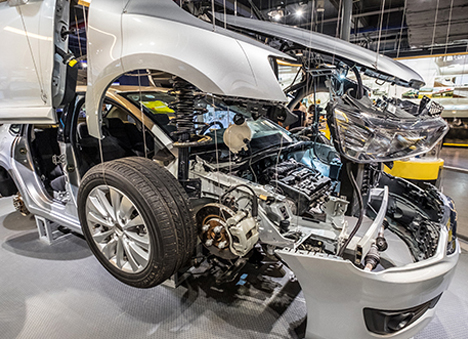Electrostatic powder spraying is to generate an electrostatic field through the mainstream high voltage of the discharge needle at the head of the spray gun and the grounded workpiece to be sprayed. Finish spraying. However, it is precisely because the powder captures a large number of free electrons that the sprayed surface is prone to generate a reverse electric field and electrostatic shielding.
In electrostatic spraying, the shape of the workpiece, the type of powder, and the amount of powder are all the prerequisites for the selection of the spraying process. Under normal circumstances, the voltage used for flat workpieces is higher, and the voltage used for workpieces with geometric shapes and dead ends should be lower. There are not many dead corners of the sprayed workpiece, and round nozzles should be used if the column groove is not deep; and the workpieces with many dead corners and large areas of electrostatic shielding should use a flat nozzle with a flat slit outlet. Since the discharge needle is inside the nozzle, the electrostatic shielding should be will be significantly reduced.

Polyurethane-polyester powder coating is one of two polyester powder coatings that have been commercialized (the other is polyester-triglycidyl isocyanurate. Polyurethane-cured polyester powder coatings are polyurethane-polyester powder coatings The main type of coating that has been used for several years. The outdoor performance of this powder coating is chemically comparable to that of polyurethane coatings applied to planes, buses, trucks, etc. In addition, polyurethane-polyester powder coatings are tough, appearance Good and has excellent weather resistance.
In polyurethane-polyester systems, the use of e-caprolactam as an end-capping agent to control cross-linking was once a common method. To initiate crosslinking, the material temperature must exceed the critical temperature of the capping agent. The deblocking temperature of e-caprolactam is about 182°C.
In terms of the appearance of the coating, the polyurethane-polyester powder coating can be said to be a true competitor of those high-quality liquid coatings. Their outdoor applications such as: yard furniture, automotive tires and accessories, lawn mowers, and many others require high quality finishes
